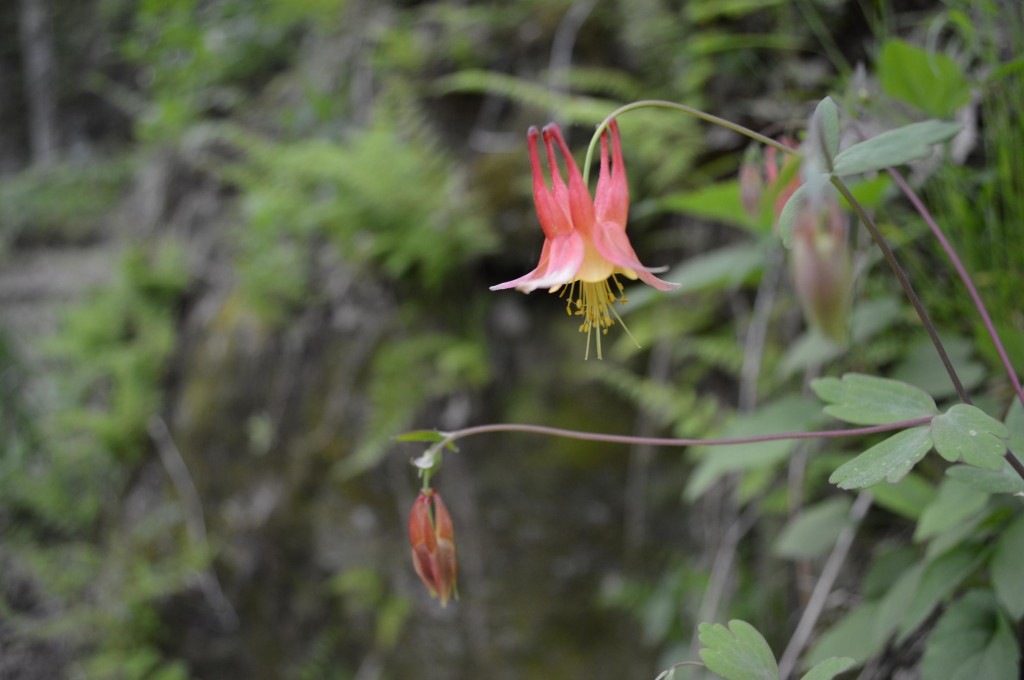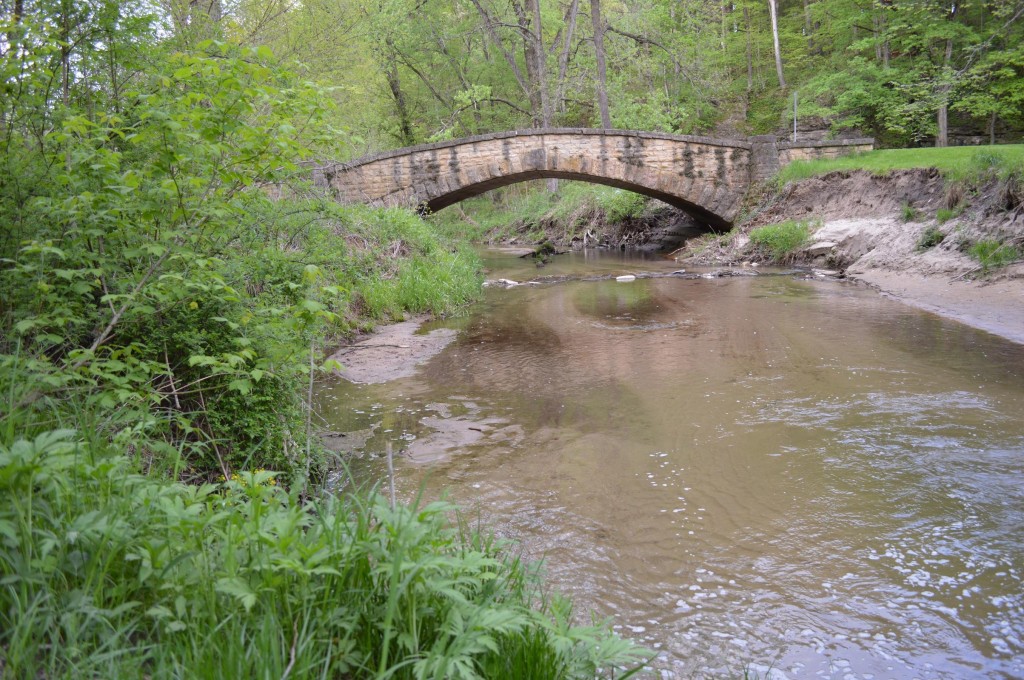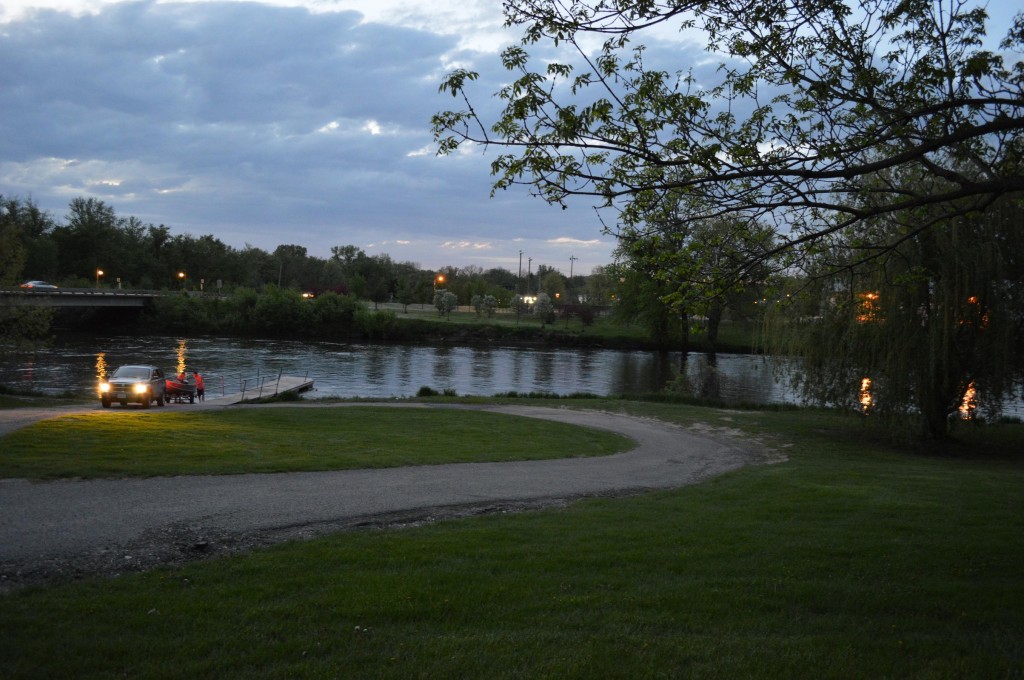It’s not a bad day when an editor asks if you’d like to spend an afternoon at the park, shoot some photos and write about your experience. Throw in idyllic weather and a friend to serve as my own personal tour guide and how could I say no?
I’ve been thinking about this day as an epic flood of the Wapsipinicon River was predicted for the Anamosa area, where Wapsipinicon State Park is located and where I spent that lovely afternoon. Fortunately, the floodwaters didn’t rise as high as predicted and as it has for decades, the park should survive.
My thanks to Radish magazine editor Sarah Gardner for suggesting this story and my buddy Dave DeWitte for showing me the sites. You can read the full article, along with many others, on the Radish website: www.radishmagazine.com and here are some of the scenes we saw that day. (Photos copyright Radish and HomegrownIowan.)

A visitor walks near the entrance of Horse Thief Cave at Wapsipinicon State Park near Anamosa. The cave is one of the notable natural features in the nearly 400-acre park. (photo/Cindy Hadish)

Red and yellow wild columbine grow from crevices in the bluffs of Wapsipinicon State Park near Anamosa. A variety of wildflowers and wildlife can be seen along the park’s multi-use trail system. (photo/Cindy Hadish)

Prison labor built roads, arch bridges and limestone entrance signs to Wapsipinicon State Park in the 1920s. The entire park will be nominated for listing on the National Register of Historic Places. (photo/Cindy Hadish)




Have you down loaded the app. for all the state parks? I should talk with you about the Iowa Parks Foundation. Give me a call.
Thanks Kay!